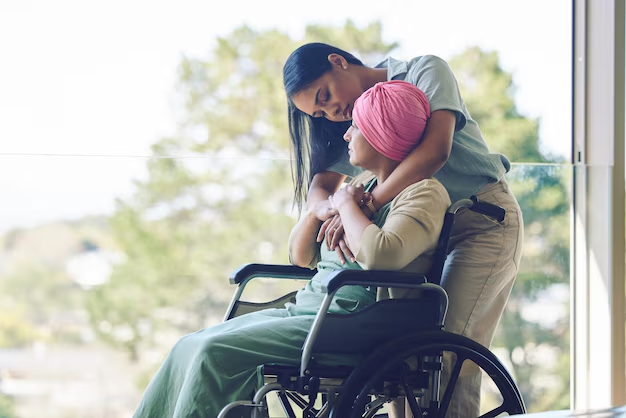Exploring Assisted Living Options for People with Disabilities: A Comprehensive Guide
Finding the right assisted living community is a crucial decision for individuals with disabilities and their loved ones. It's not just about locating a facility but ensuring it meets the specific needs and promotes the well-being of the resident. Whether you’re planning for the future or considering immediate options, understanding the myriad of factors involved can help guide these important decisions.
Understanding Assisted Living for People with Disabilities
Assisted living facilities provide housing and care services for individuals who might need help with daily activities. For people with disabilities, these communities can offer a tailored support system that enhances quality of life and independence. Here’s what you should consider:
What is Assisted Living?
Assisted living is a supportive residential arrangement where individuals can receive help with daily activities like bathing, dressing, and medication management in a community setting. This living situation is ideal for those who do not require intensive medical care around the clock but can benefit from assistance in other areas of daily living.
Key Features
- Personalized Care Plans: Facilities often provide individualized care plans tailored to the needs of each resident, ensuring specific supports are in place.
- Community Engagement: These communities foster social interaction through planned activities and shared spaces, combating isolation and loneliness.
Who Can Benefit from Assisted Living?
Individuals with various physical or cognitive disabilities can find substantial benefits in assisted living. The focus is on enhancing independence while providing necessary support.
How Needs Are Addressed
- Physical Disabilities: Accessible facilities and trained staff assist with mobility, personal care, and safety.
- Cognitive Impairments: Programs cater to those with memory issues, providing safe environments with cognitive stimulation activities.
Choosing the Right Assisted Living Facility
Selecting the right community involves evaluating both personal priorities and facility features. Here are some aspects to consider:
Assessing Your Needs
Before exploring options, assess the level of care needed and any specific services required. Consider:
- Medical Needs: Identify what medical oversight is necessary and if specialized care (e.g., for diabetes, memory loss) is available.
- Lifestyle Preferences: Factor in desired location, social activities, and dietary needs.
Visiting Prospective Facilities
A visit to a facility provides first-hand experience of the environment. When touring:
- Observe Interactions: Watch how staff interacts with residents and assess the overall atmosphere.
- Facility Layout: Check for accessibility features like ramps and grab bars.
- Ask About Policies: Inquire about staff qualifications, emergency procedures, and visiting hours.
Cost Considerations
Understanding the financial aspects of assisted living is crucial.
Budgeting for Care
- Costs Vary Widely: Prices depend on location, services included, and facility amenities.
- Funding Sources: Explore options such as insurance benefits, governmental assistance programs, and personal savings.
Navigating Legal and Ethical Concerns
Ensuring the rights and dignity of individuals with disabilities is a significant aspect of care.
Rights of Residents
Residents have the right to:
- Respect and Privacy: Treatment with dignity and access to personal privacy.
- Informed Choices: The ability to participate in planning their care and setting preferences.
- Safety and Security: A protected environment, free from abuse or neglect.
Conclusion
Choosing an assisted living option for someone with disabilities involves careful consideration of their unique needs and preferences. It's about finding a supportive community that promotes health, happiness, and independence. Empower your decision-making process by gathering thorough information, evaluating financial and ethical considerations, and always prioritizing the well-being of your loved one.
Quick Tips for Selecting an Assisted Living Facility 🚀
- Research Thoroughly: Gather comprehensive information about potential facilities.
- Visit In Person: Tour the facility to assess the environment and interactions.
- Evaluate Costs: Understand your budget and explore financial aid options.
- Check Accessibility: Ensure the facility can cater to physical needs with accessible features.
- Inquire About Rights: Make sure the facility prioritizes resident dignity and security.
By following these guidelines, you’ll be better prepared to make an informed choice that ensures quality living for the individual with disabilities in your life.

Related Topics
- 11 Signs It Might Be Time For Assisted Living
- 2 Bedroom Assisted Living Near Me
- 305 West End Assisted Living
- 5 Levels Of Care In Assisted Living
- a Banyan Residence Assisted Living Resort Facility
- Abernethy Laurels Assisted Living
- Activities For Seniors In Assisted Living
- Adult Assisted Living
- Advantage Assisted Living
- Aegis Moraga Assisted Living